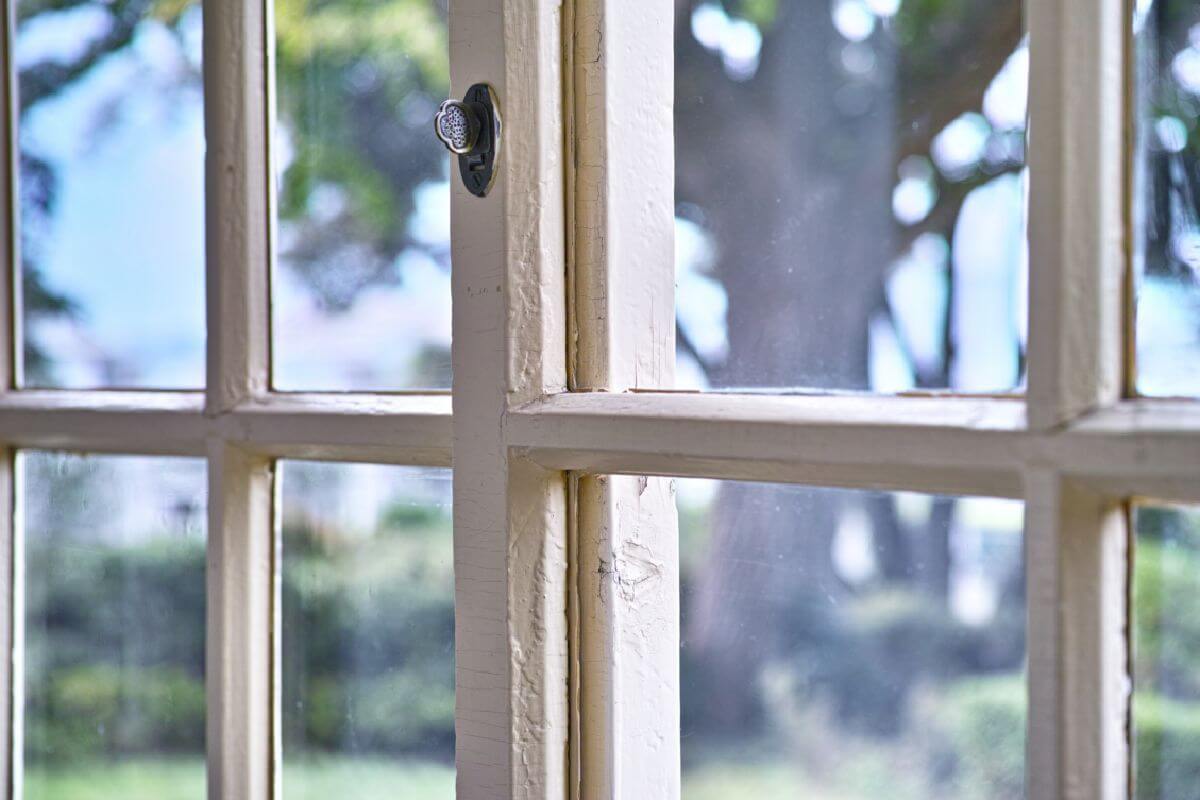In the realm of outdoor aesthetics and functionality, few elements rival the charm and practicality of a well-designed wood decking. Whether it’s for lounging under the sun, hosting gatherings with loved ones, or simply enjoying a quiet moment amidst nature, a wooden deck can transform any outdoor space into a haven of comfort and style. This comprehensive guide aims to enlighten you on the various wood types available for decking, empowering you to make an informed decision that aligns with your preferences and requirements.
Table of Contents
- Understanding the Importance of Wood Selection
- Popular Wood Species for Decking
- Factors to Consider When Choosing Wood Type
- Frequently Asked Questions
- What are the main differences between hardwood and softwood decking materials?
- How do I know which wood type is best suited for my climate?
- What factors should I consider when evaluating the environmental sustainability of wood decking materials?
- How can I maintain the natural color and appearance of my wood deck over time?
- Are there any special considerations when installing a wood deck near water, such as a pool or waterfront property?
- Conclusion
Understanding the Importance of Wood Selection
Before delving into the specifics of different wood types, it’s essential to grasp why choosing the right material matters. Wood is a natural material that possesses distinct characteristics influenced by factors such as species, density, grain pattern, and treatment. Additionally, aesthetic considerations like color, texture, and grain variation play a significant role in determining the visual appeal of your deck. By carefully evaluating these factors, you can ensure that your chosen wood type meets both your practical and aesthetic needs.
Popular Wood Species for Decking
Cedar: Known for its natural beauty and aromatic fragrance, cedar is a popular choice for decking due to its durability and resistance to decay and insects. Western Red Cedar, in particular, is prized for its rich reddish-brown hue and exceptional dimensional stability, making it well-suited for outdoor applications.
Redwood: Renowned for its striking color variations and innate resistance to rot and decay, redwood is another favored option for hardwoods decking. Its natural tannins and oils provide protection against moisture and pests, ensuring that your deck remains structurally sound and visually appealing for years to come.
Pressure-Treated Pine: Treated with preservatives to enhance its durability and resistance to decay, pressure-treated pine is a cost-effective alternative to hardwoods. While it may lack the natural beauty of cedar or redwood, it offers excellent strength and longevity, making it a practical choice for budget-conscious homeowners.

Tropical Hardwoods: Species like Ipe, Cumaru, and Tigerwood, sourced from tropical regions, are prized for their unparalleled hardness, density, and resistance to decay and insects. While these hardwoods tend to be more expensive than softwoods, their exceptional durability and exotic aesthetics make them a preferred option for high-end decking projects.
Composite Decking: In recent years, composite decking has gained popularity as a low-maintenance alternative to traditional wood. Composed of a blend of recycled wood fibers and synthetic materials, composite decking offers the look of wood without the drawbacks of splintering, warping, or fading. It’s resistant to moisture, mold, and mildew, making it an ideal choice for humid climates or waterfront properties.
Factors to Consider When Choosing Wood Type
Durability: Assess the wood’s natural resistance to decay, insects, and weathering to ensure that it can withstand the rigors of outdoor exposure without succumbing to premature deterioration.
Maintenance Requirements: Consider the level of maintenance the wood type demands, including periodic sealing, staining, or refinishing, to determine whether it aligns with your lifestyle and maintenance preferences.
Environmental Impact: Consider the sustainability of the wood species and the harvesting practices employed to ensure that your decking project aligns with your environmental values and contributes to forest conservation efforts.
Frequently Asked Questions
What are the main differences between hardwood and softwood decking materials?
Hardwood decking materials, such as Ipe and Cumaru, are typically denser, harder, and more durable than softwood options like cedar and pine. Softwoods, on the other hand, are more affordable but may require more frequent maintenance and are generally less durable.
How do I know which wood type is best suited for my climate?
The climate in your region plays a crucial role in determining the ideal wood type for your decking project. In contrast, if you reside in a dry, arid climate, you may opt for a hardwood like Ipe, which offers superior resistance to heat and UV exposure.
What factors should I consider when evaluating the environmental sustainability of wood decking materials?
When assessing the environmental sustainability of wood decking materials, consider factors such as the wood species’ growth rate, harvesting practices, certification by reputable organizations (e.g., Forest Stewardship Council), and the distance traveled during transportation.
How can I maintain the natural color and appearance of my wood deck over time?
To preserve the natural beauty of your wood deck, it’s essential to implement a regular maintenance routine. Following manufacturer recommendations for maintenance and using high-quality products can help prolong the lifespan and appearance of your deck.
Are there any special considerations when installing a wood deck near water, such as a pool or waterfront property?
If you’re installing a wood deck in close proximity to water, such as a pool or waterfront property, it’s crucial to select a wood type that can withstand constant exposure to moisture and chlorinated water. Consider consulting with a professional installer or contractor experienced in waterfront decking projects for expert guidance.
Conclusion
Choosing the best wood type for your decking project involves careful consideration of various factors, including durability, maintenance requirements, aesthetics, budget, and environmental impact. Whether you opt for the natural beauty of cedar and redwood, the affordability of pressure-treated pine, the exotic allure of tropical hardwoods, or the low-maintenance convenience of composite decking, each wood type offers distinct advantages and characteristics that can enhance your outdoor living experience. By understanding the unique properties of different wood species and evaluating your priorities and preferences, you can embark on your decking journey with confidence, knowing that you’ve made an informed decision that will enrich your outdoor space for years to come.



